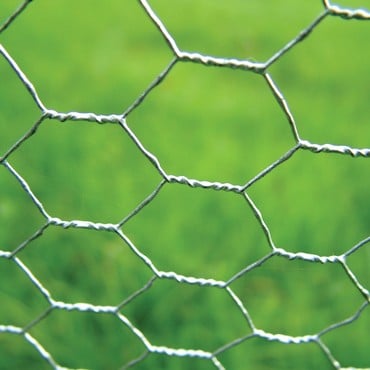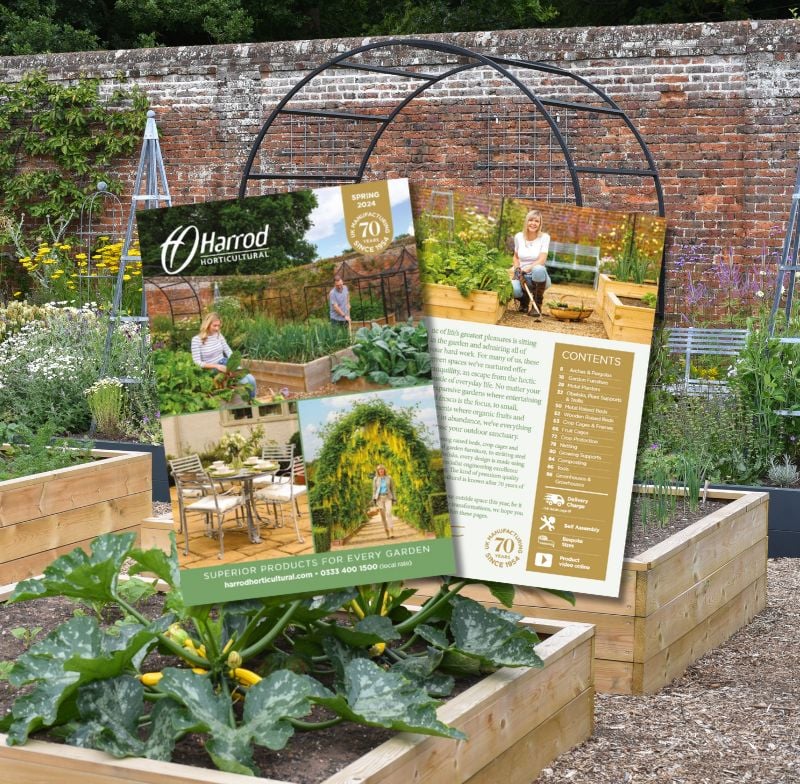Rhubarb
EASE OF GROWING: (Scale 1-5): 1
HOW TIME CONSUMING:
Rhubarb requires very little attention and is very straightforward to grow.
RECOMMENDED VARIETIES:
Timperly Early AGM
Hawkes Champagne AGM
Victoria
HOME GROWN VS SUPERMARKET:
Home grown Rhubarb by far out performs the supermarket. Not only does it taste better, it is cheaper too! Supermarket rhubarb is very expensive, whilst your own home grown can provide a freezer full of fruit to keep you supplied with crumble filling throughout the Winter months.
BEST SITES AND SOILS:
Rhubarb is a very hungry plant and requires a rich, fertile soil in which to thrive. It will enjoy a sunny spot and doesn’t like to be too soggy in the Winter. The best place to plant rhubarb is in a sunny position next to the compost bin as it will absorb the nutrients soaked into the soil surrounding the bin.
WHEN TO SOW:
Dormant rhubarb crowns are best planted in late Autumn or early Spring. Pot grown plants can be planted at any time of year. Add a very generous amount of well rotted manure to the planting hole before planting and keep pot grown rhubarb well watered during dry spells while they establish.
Sow rhubarb seed into a seed bed or pots in early Spring. Plant the most vigorous seedlings into their final position in Summer.
DISTANCE BETWEEN PLANTS:
Plants should be spaced 3ft apart in all directions. Rhubarb can be grown in a pot, but it will need generous proportions to achieve a good harvest.
WHEN TO HARVEST:
New plants can be harvested from their second year after planting. Seed grown rhubarb should ideally be left until the third year, but could be lightly harvested in the second year if you really can’t wait!
Established rhubarb can be harvested between March and July. Stems should be pulled from the base of the plant. Do not harvest after July as the plant will need time to recover and rejuvenate in order to provide a good crop the following year.
Rhubarb plants can be forced to provide tender young early stems. To do this you will need to cover a plant with a rhubarb forcer in January to exclude light. Check the plant regularly and pick stems when they reach the top of the forcer. Forcing rhubarb will put the plant under stress so choose a well established plant. Uncover it at the end of March and leave the plant to recover for the rest of the season. Rotate the plant that is forced each year if possible.
You can achieve forced rhubarb even earlier by digging up a plant and potting it up to be placed in a warm greenhouse. Make sure the plant has been exposed to frosts first in order to break the dormancy. Place it into a large pot and stand it in the greenhouse, covered with a forcer or a large pot. As with regular forcing, check the plant regularly to see if there any stems ready for harvesting. This will exhaust the plants completely, so discard it once harvesting has finished.
FURTHER INFORMATION:
Mulch rhubarb generously with well rotted manure after the leaves have died back in the Autumn. Compost along with a sprinkle of pelleted poultry manure will suffice if you do not have access to manure. Do not cover the crown completely as this can lead to the plant rotting.
PROBLEMS TO LOOK OUT FOR:
Crown rot can occur causing the plant to lose its vigour and become sickly. If caught early enough, the plant can be rescued by cutting it back to healthy growth. Otherwise, replace the plant with a new healthy one planted elsewhere.
In the Harrod Kitchen Garden rabbits like a good chew at tender new rhubarb leaves. Maintaining a good rabbit fence made from strong wire prevents the rabbits from getting any opportunity to tuck in.

























